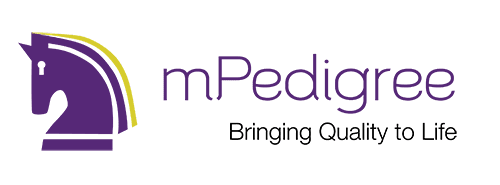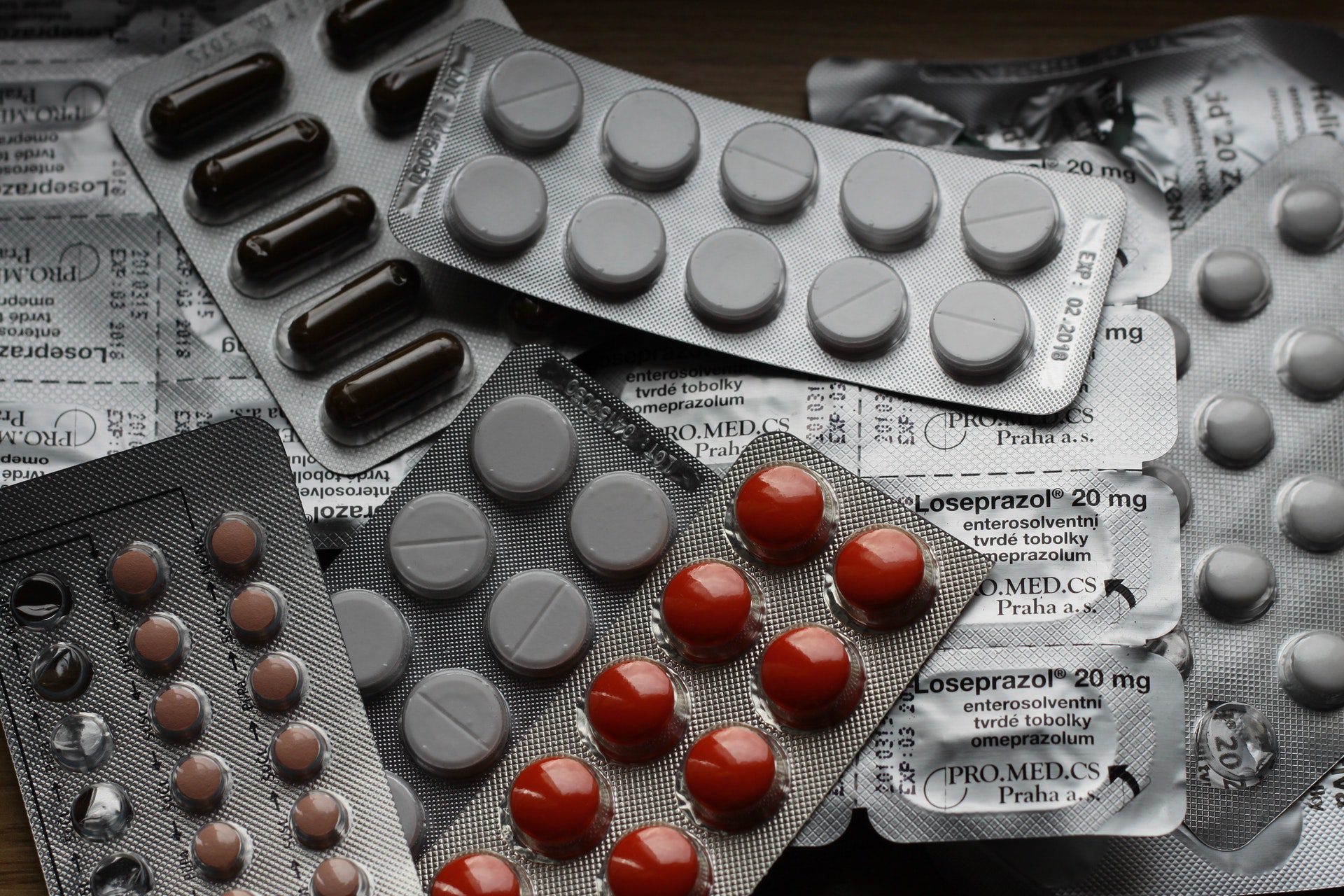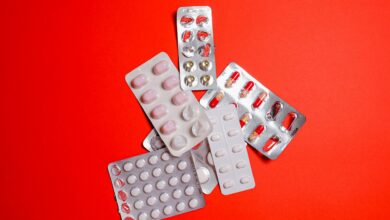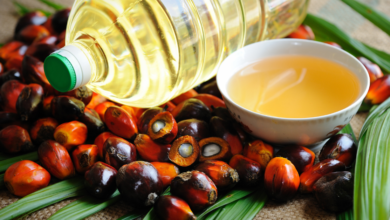According to investigations, counterfeit pharmaceuticals are a multi-billion dollar industry. These fake medications are sold alongside real medicine used to treat diseases and even are packaged and labeled like real drugs.
Unfortunately, these fake drugs do nothing to treat the ailment that the unwitting patient is suffering from. Some of them even harm or kill the people who take them.
They are thought to cause over a hundred thousand deaths a year in Africa. The good news is that entrepreneur Bright Simons created mPedigree, which is a combination of technology tools to protect both drug companies and patients from the damage that imitation pharmaceuticals can cause. Believe it or not, the technology being used to fight these counterfeiters is as simple as a landline or a smartphone.
Facts About Counterfeit Pharmaceuticals
- Developing countries with less advanced healthcare systems are most at risk from these imitation medicines.
- Up to thirty percent of pharmaceutical sales in some of these countries are these imposter medicines.
- In these countries, many drug stores don’t employ pharmacists. Instead, untrained staff who may not know how to identify warning signs of fake drugs are the ones who dispense prescription medications.
- According to the world health organization, fake drugs are not just a threat to patients, but also to entire healthcare systems.

- Solutions like bar codes and holograms have been ineffective due to the fact that many consumers who were unable to read or lacked technological skills did not understand their significance.
- Fake versions of antimalarial medications are extremely prevalent.
- Many different countries have been affected by fake drugs, but Kenya, Nigeria, Uganda, Tanzania, South Africa, and India were hit hard by the problem.
Fake drugs are not just a threat to patients, but also entire health care systems.
How mPedigree is Helping
Simons decided to create an easy-to-use system that would enable consumers to verify whether or not the drugs in their possession were legitimate medications using their smartphones or tablets. The system works because pharmaceutical companies upload information about drugs as they are created and sent out.

The medications are then given a label with a barcode. Consumers can check their drugs for this barcode, scan it, and determine if it is an authentic medication sent out by the pharmaceutical company. As patients scan their medication, it protects them by letting them know that it is legitimate. To check the product they are authenticating, patients can scan, text, or call it in.
At the same time, it protects the patients, it informs the pharmaceutical companies about where knock-off versions of their drugs are showing up.
mPedigree’s clients include Roche, Sanofi, and AstraZeneca. This technology is now also being used to identify other types of counterfeit products like cosmetics.
In a speech given at the Salzberg Global Seminar in 2012, Bright Simons explained why his technology was able to reach so many people. “Technologies, until they are institutionalized cannot really properly be described as innovations and that even as new media begins to drive you must consider the receptiveness of different cultural contexts and environments and how they absorb these new technologies and institutions.” Making the mPedigree accessible to all consumers is what makes it successful.
As a result of Bright Simon’s creation pedigree, consumers in developing countries are able to avoid using counterfeit drugs. The appearance of these drugs in the country of Nigeria has gone from almost twenty percent of the pharmaceutical market to closer to three percent.
The ease of use of this technology makes it accessible to patients who are illiterate and don’t know how to read. Because it is so user-friendly, and because major pharmaceutical companies uploaded serial numbers from their drugs into the mPedigree system, people are a lot safer from counterfeit pharmaceuticals than they were.
Characteristics of counterfeit drugs
Counterfeit drugs can exhibit several characteristics that differentiate them from genuine pharmaceuticals. Some common features of counterfeit drugs include:
- Packaging and labeling inconsistencies: Counterfeit drugs often have packaging and labeling that mimic legitimate products but may contain misspellings, printing errors, or variations in color, font, or design.
- Poor quality or ineffective ingredients: Counterfeit drugs may contain incorrect or substandard ingredients, or they may have inadequate amounts of the active pharmaceutical ingredient (API) or completely different substances altogether. This can result in the drugs being ineffective or even dangerous.
- Lack of proper documentation: Counterfeit drugs often lack proper documentation, such as batch numbers, manufacturing, and expiration dates, or instructions for use. Genuine pharmaceuticals have detailed information on their packaging and accompanying leaflets.
- Unreliable distribution channels: Counterfeit drugs are typically distributed through illegitimate or unauthorized channels, such as unregulated online pharmacies, rogue websites, or street markets. They may bypass the established supply chain, making it difficult to trace their origin or ensure quality control.
- Unexpected side effects or lack of therapeutic effects: Due to their poor quality or incorrect composition, counterfeit drugs may cause unexpected side effects or fail to produce the intended therapeutic effects. This can jeopardize patient health and treatment outcomes.
Creating a Safer World for Patients
Bright Simon and mPedigree have used technology to track counterfeit pharmaceuticals and make the world a safer place. Because of his creation, consumers are able to protect themselves by using technology in a new way. Making this tool available to the general public through their phones is what made this innovation successful.
In developing countries, counterfeit pharmaceuticals are being sold to sick patients, leaving illnesses untreated and causing unpredictable reactions. To combat the dangerous fakes, Bright Simons build the mPedigree system with the goal of enabling consumers to verify whether or not the medications they have are authentic as it allows pharmaceutical companies to collect information on where knock-offs of their drugs are being sold.
Join the fight against counterfeit pharmaceuticals and help create a safer world for patients – together, we can make a difference!
Counterfeit pharmaceutical FAQs
What is counterfeit pharmaceutical?
Counterfeit pharmaceuticals refer to fake or unauthorized drugs that are deliberately produced and distributed with the intention of deceiving consumers or profiting illegally. These counterfeit medications are designed to imitate legitimate pharmaceutical products in terms of appearance, packaging, and labeling, but they do not meet the required quality and safety standards.
What are examples of counterfeit pharmaceuticals?
Counterfeit pharmaceuticals can include a wide range of medications, both prescription and over-the-counter drugs. Some common examples of counterfeit pharmaceuticals include antibiotics, antiviral drugs, medications for chronic diseases like diabetes and hypertension, painkillers, and even lifestyle drugs such as erectile dysfunction medications. Counterfeiters may target popular and high-demand drugs to maximize their profits.
What are the most counterfeit pharmaceuticals?
The most commonly counterfeited pharmaceuticals vary over time and geographical regions. However, some medications have consistently been targeted by counterfeiters due to their popularity, high market demand, or high cost. These include medications such as Viagra (sildenafil), Cialis (tadalafil), Lipitor (atorvastatin), Xanax (alprazolam), OxyContin (oxycodone), and Tamiflu (oseltamivir). It's important to note that the list of most counterfeited pharmaceuticals can change as new drugs gain popularity or counterfeiters shift their focus.





